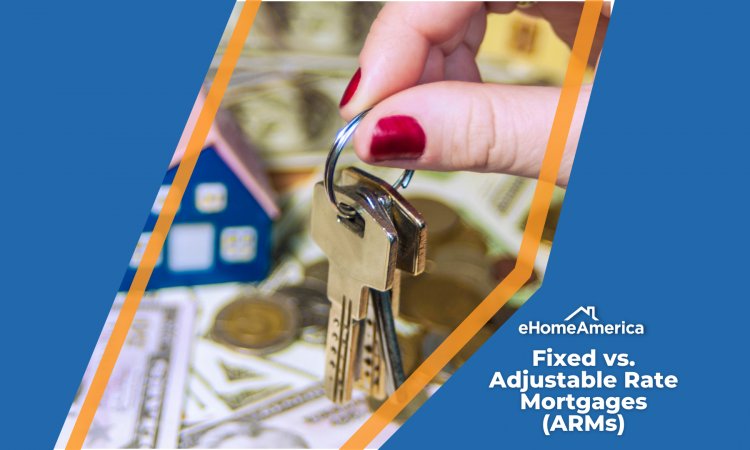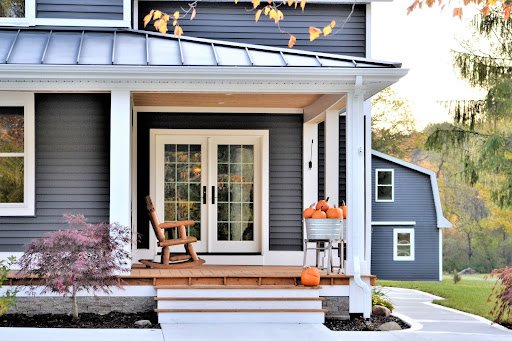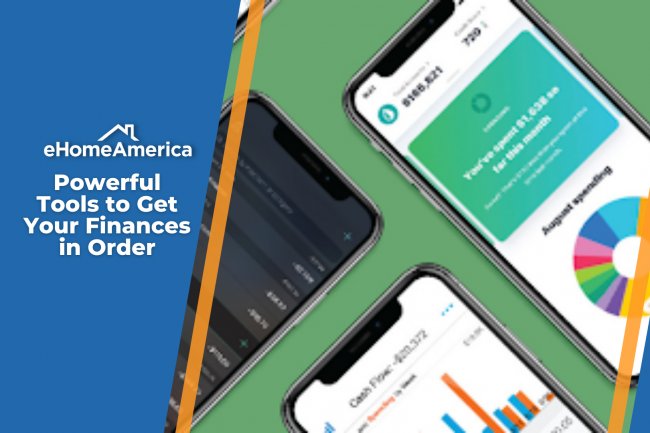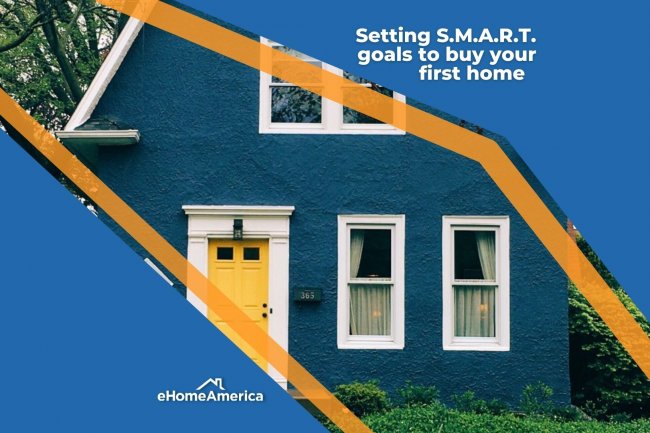Fixed vs. Adjustable Rate Mortgages (ARMs)

Fixed vs. Adjustable Rate Mortgages (ARMs)

Finding the “perfect” place to settle down, raise your family, or retire can be exhilarating, but it can be equally stressful.
When you find your dream home, it’s much more fun to pick paint colors, design interiors, and reimagine spaces than it is to think about the amount of money it’s going to cost you to buy the house.
Most likely, you don’t have hundreds of thousands of dollars stock-piled away to pay for the house in full at closing. So, you’re going to have to borrow it.
Taking out a loan for more than you make in a year tends to make home buyers incredibly uncomfortable when they’d rather be celebrating.
Yet, eHome America wants to ease our clients’ discomfort, and we aim to do that by educating you!
We believe that the more you know about how mortgages work and what loan options are available to you, the more confidence you’re likely to feel when you’re buying a house.

Types of Mortgages
The first thing you need to know is that there are generally two basic types of mortgages that lenders offer borrowers.
- Fixed Mortgages
Fixed mortgages are often the more conventional and popular of the two types of home loans because monthly payments and interest rates remain the same throughout the life of the loan.
In a fixed loan, you make equal monthly payments toward the principal amount of your loan - the amount of money you originally borrowed - and towards the interest you owe the bank for servicing your loan.
Although the total principal and interest (P&I) payments you make monthly stay the same, the ratios of each change payment to payment.
During the first few years of the loan, interest payments make up higher percentages of your total payment ratio than principal payments. For example, 90% of your P&I payment might go toward interest, and 10% of it might cover principal in Month Five’s loan payment.
Percentages start to equal out in the middle of the loan and resemble more of a 50%/50% ratio.
Then toward the end of a fixed mortgage, principal repayments swap places with interest payments. Thus, if we use the same ratios for simplicity’s sake, 10% of your P&I payment might be allotted toward interest, and 90% could apply toward principal by Month 340’s loan payment.
- Adjustable Rate Mortgages
Whereas interest rates and P&I payments remain unchanged every month of fixed rate loans, interest rates and monthly P&I payments can fluctuate over the course of Adjustable Rate Mortgages (ARMs).
An ARM loan is more predictable than many people think it is, but it’s not predictable in the same way a fixed loan is.
Typically, the original interest rate of an ARM is lower than the fixed interest rate of a traditional mortgage. And believe it or not, that original rate is actually fixed for a predetermined interval of time.
Anywhere between one month and 10 years into this loan (the fixed period of an ARM), though, the interest rate will change to match current market rates. Then, at other preset times throughout the loan, the rate will reset to match market rates of that time period.

Traits Both Types of Mortgages Have in Common
Though different in elemental ways, Fixed Rate Mortgages and Adjustable Rate Mortgages do have some things in common, specifically in regards to their loan terms.
Because the amount of money borrowers need to purchase a house is typically over $100,000, lenders don’t expect people to repay the loan in a few years’ time.
So to make home buyers' monthly payments affordable, banks commonly offer 30-year, 20-year, 15-year loan terms. Although the ARM loan will require rate and payment changes, its overall repayment terms typically mirror those of fixed rate loans.
Additionally, the term limit borrowers choose in either type of loan affects the overall costs of both mortgages the same way:
The longer your term is, the higher your overall costs will be.
That’s because you’ll be paying years or decades more of interest payments.

Fixed Mortgages vs. Adjustable Rate Mortgages
To determine which mortgage is best for you, it can be helpful to look at pros and cons of each.
Pros of Fixed Mortgages
- Predictable monthly payments make budgeting easier for homeowners.
- Borrowers don’t have to fear rising interest rates.
- Interest rates on fixed mortgages vary only slightly among lenders.
Cons of Fixed Mortgages
- Interest rates may be higher than the introductory fixed-rate offered in an ARM loan.
- Qualifying for them can be more difficult during periods of high interest rates because the required monthly payments increase.
Pros of Adjustable Rate Mortgages
- Lower initial interest rates during the initial fixed-rate period usually make those initial monthly payments less than fixed-rate monthly payments which can enable borrowers to qualify for larger loan amounts.
- If market rates decrease during the loan term, borrowers’ interest rates (and monthly P&I payments) lower.
Cons of Adjustable Rate Mortgages
- Borrowers’ monthly payments could change frequently over the life of the loan, making budgeting difficult.
- If interest rates rise at your predetermined intervals and your loan amount is large, your monthly P&I payments could skyrocket to an amount you can’t afford.
Which Type of Mortgage Should You Choose?
You can’t stop at comparing mortgage loan types, though. One type of mortgage may be more advantageous than the other to you at this time, but will it be better for you 5 years from now? What about 10 years from now?
While you are evaluating the benefits of Fixed vs. ARM loans, you should also consider two other factors:
- The stability of your income and
- The amount of time you plan to live in the house
Your income may be stable now, but do you expect it to increase or remain similar to your existing earnings over the next few years? Can you afford an ARM loan if interest rates rise? Can you still make your monthly payments in a worst-case scenario?
And what if you don’t plan to live in the house long? If you plan to live there for less time than the initial fixed-term of your ARM loan, then it may not make sense for you to pay a higher rate for a fixed rate loan.
Choosing a mortgage doesn’t have to be stressful. Once you understand your options, you can pick the loan options that’s best for you!
What's Your Reaction?
















